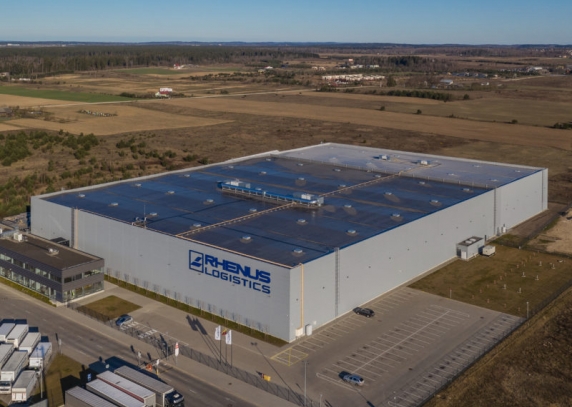News
Lithuanian Transport and Logistics Sector in the First Half of 2024
2024 09 16
The first half of 2024 in the Lithuanian transport and logistics sector was marked by several important events and trends:
Growth in Road Freight Transport: Despite economic challenges, Lithuanian road freight carriers increased their cargo volumes. More than 35 million tons of cargo were transported in the first half of the year, indicating stable sector growth.
Infrastructure Development: Road and rail infrastructure development projects continued, aiming to improve logistics flows and reduce transportation time. Special attention was given to the “Rail Baltica” project, which aims to connect the Baltic States with Western Europe.
Technology Integration: Many logistics companies began implementing new technologies, such as smart transport management systems and automated warehouses, to increase efficiency and reduce operational costs.
Impact of EU Sanctions: EU sanctions on Russia and Belarus had a significant impact on the logistics sector, reducing goods flows and complicating international transport. This forced companies to seek new markets and routes.
Labor Market Challenges: The transport and logistics sector faced a shortage of labor, especially qualified drivers and logistics specialists. This encouraged companies to invest in employee training and improve working conditions.
Sustainability Initiatives: Many companies started implementing sustainability initiatives to reduce carbon emissions and transition to more environmentally friendly transport solutions. This included the use of electric trucks and alternative fuels.
These factors indicate that the Lithuanian transport and logistics sector continues to grow and adapt to changing market conditions and technological innovations.
Sustainability and Its Solutions
The Lithuanian transport and logistics sector is actively seeking ways to reduce its environmental impact and contribute to sustainability goals. Here are some key sustainability solutions:
Electric Trucks: Many companies have started investing in electric trucks, which help reduce carbon emissions and dependence on fossil fuels.
Alternative Fuels: Biofuels, liquefied natural gas (LNG), and hydrogen are being used as alternative fuels to reduce emissions.
Smart Transport Management Systems: These systems help optimize routes, reduce empty runs, and improve fuel efficiency, thus reducing the overall environmental impact of transport.
Automated Warehouses: Automated warehouses and robotic systems help reduce energy consumption and increase operational efficiency.
Green Logistics Initiatives: Companies are implementing various initiatives, such as recycling programs, energy-saving measures, and the use of renewable energy in their operations.
Sustainability Certifications: Many companies seek to obtain sustainability certifications, such as ISO 14001, which confirm their commitment to environmental protection and sustainability.
Collaboration with Suppliers: Companies collaborate with suppliers to ensure that sustainability principles are followed throughout the supply chain.
These solutions not only help reduce the negative impact on the environment but also increase the competitiveness of companies and their compliance with increasingly stringent environmental regulations.
Labor Shortage
Lithuanian transport and logistics companies are taking various measures to address the labor shortage problem:
Employee Training and Skill Development: Companies are investing in training and skill development for existing employees to enhance their competencies and efficiency.
Improved Working Conditions: To attract and retain employees, companies are improving working conditions, offering more flexible work schedules, better social benefits, and additional perks.
Automation and Technology Implementation: Companies are implementing automated systems and technologies to reduce the need for labor and increase operational efficiency.
International Workforce: Some companies are looking for employees abroad, especially from neighboring countries, to fill vacant positions.
Collaboration with Educational Institutions: Companies are collaborating with vocational schools and universities to attract young specialists and ensure that training programs meet market needs.
Wage Increases: To attract more candidates, companies are increasing wages and offering competitive salary packages.
Advertising Campaigns: Companies are conducting active advertising campaigns to attract new employees and inform about career opportunities in the transport and logistics sector.
These measures help companies adapt to labor market challenges and ensure they can continue their operations efficiently.
